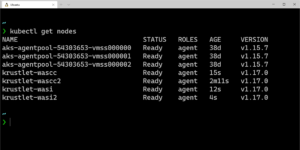9 open-source projects the GitHub Copilot and Visual Studio Code teams are sponsoring—and why they matter
GitHub Copilot and VS Code teams are sponsoring open-source MCP projects that push the boundaries of developer experience, agent autonomy, and more.













